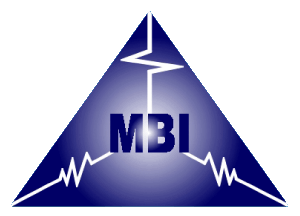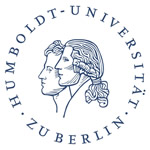Ultrafast three-wave-mixing in plasmonic nanostructures
Summary (expand/hide)
We present a perturbative approach to the time-domain computation of three-wave-mixing signals from plasmonic nanostructures. Based on a hydrodynamic material model which features nonlinear as well as nonlocal characteristics, we compute the ultrafast response of electrons in metals in a perturbative manner, where fundamental waves and second-order response are evaluated separately. This allows us to examine the source distribution of the second-order nonlinear response originating from the fundamental waves in a consistent manner that takes the nonlocal characteristics of the system into account. We validate this framework by comparing with the results of the fully nonlinear model and apply it to the study of three-wave-mixing enhancements from nanoplasmonic antennas.
Default Region Image



